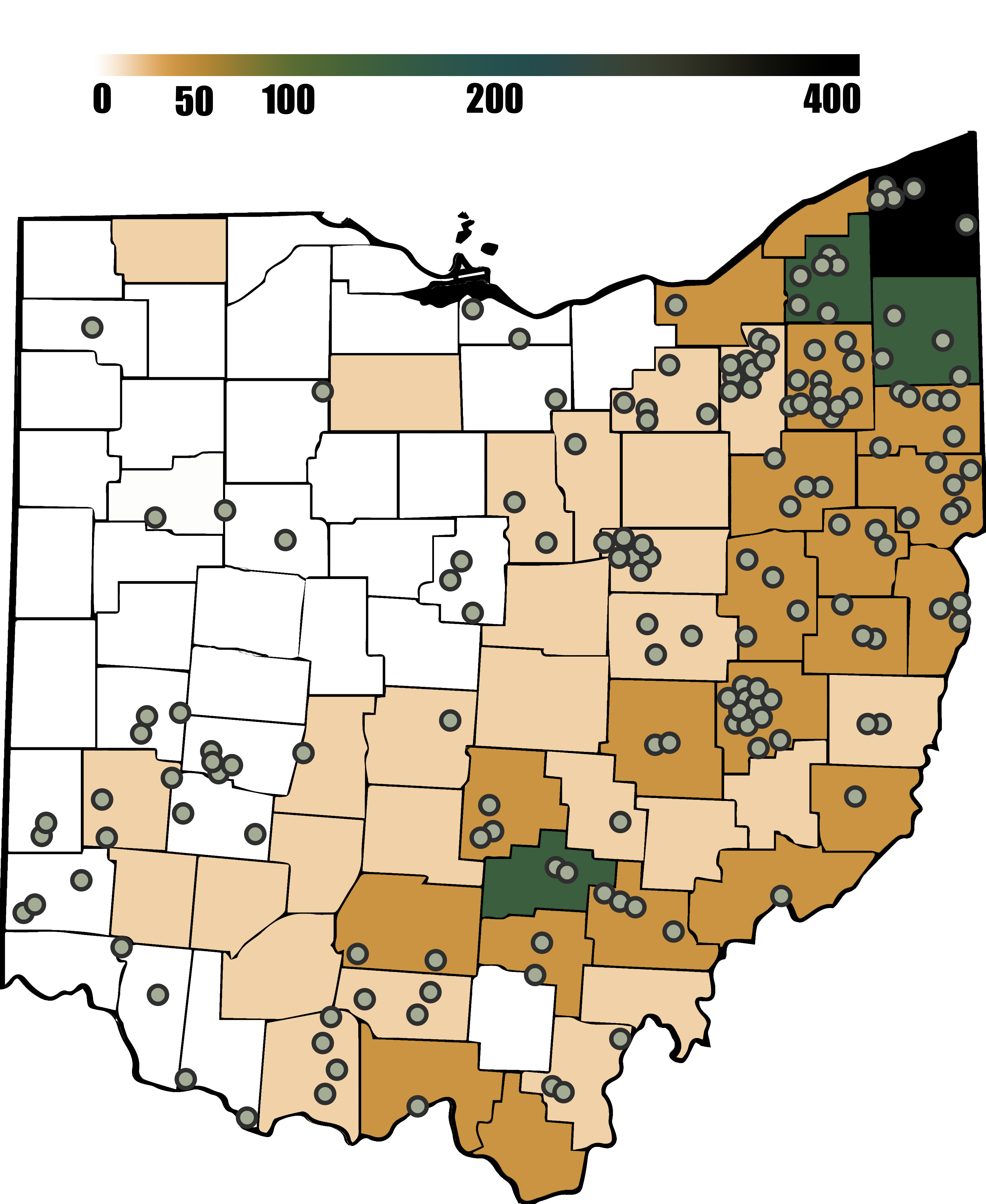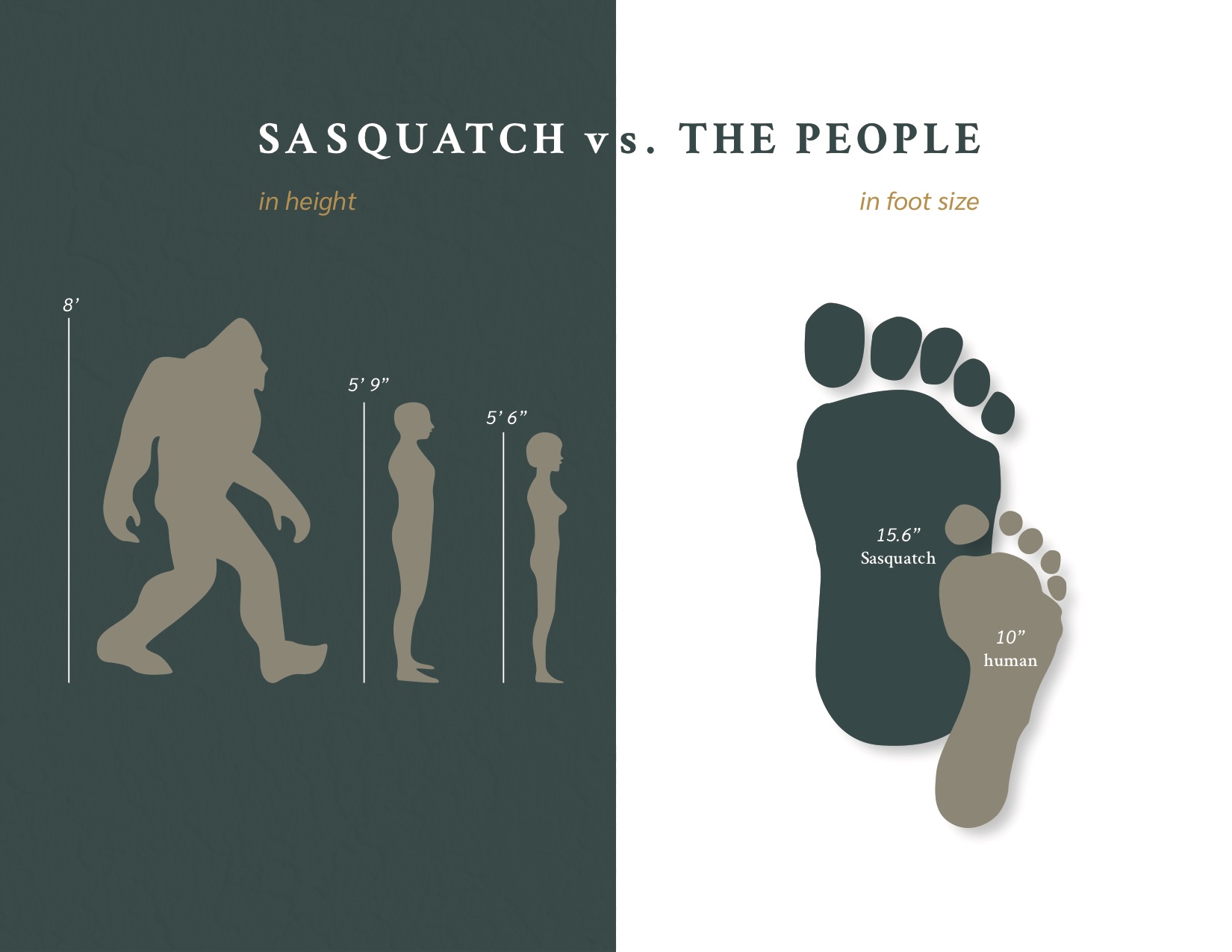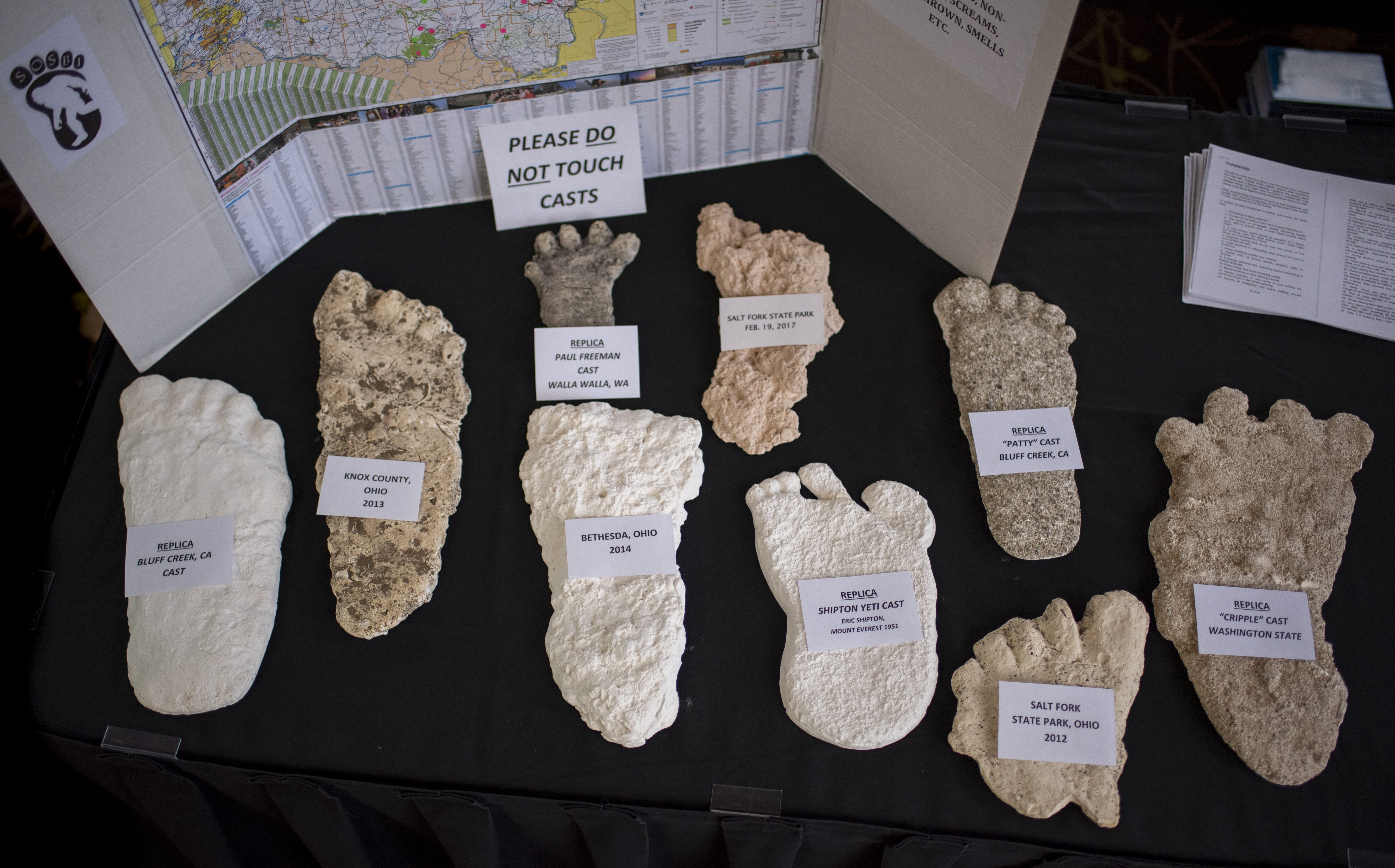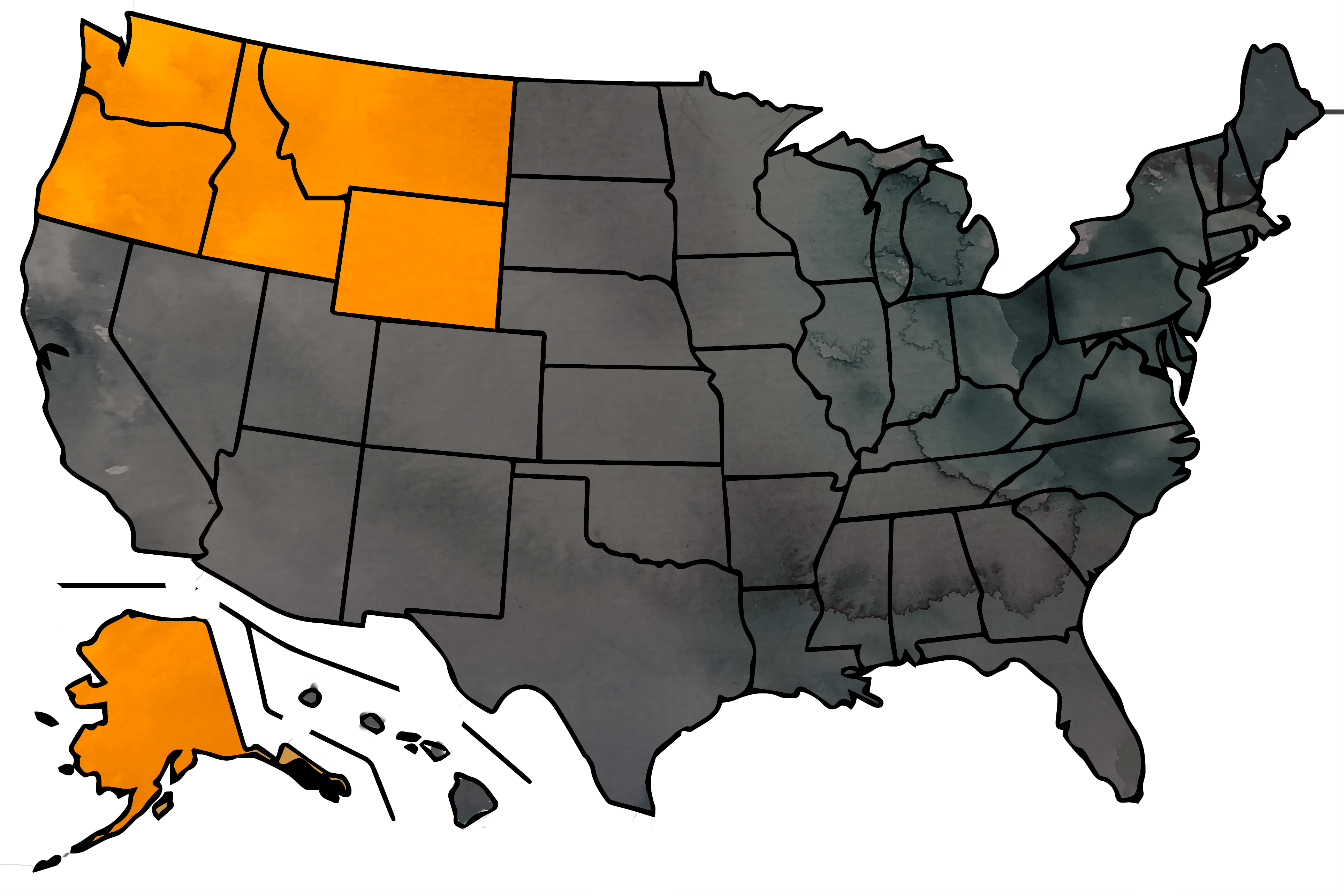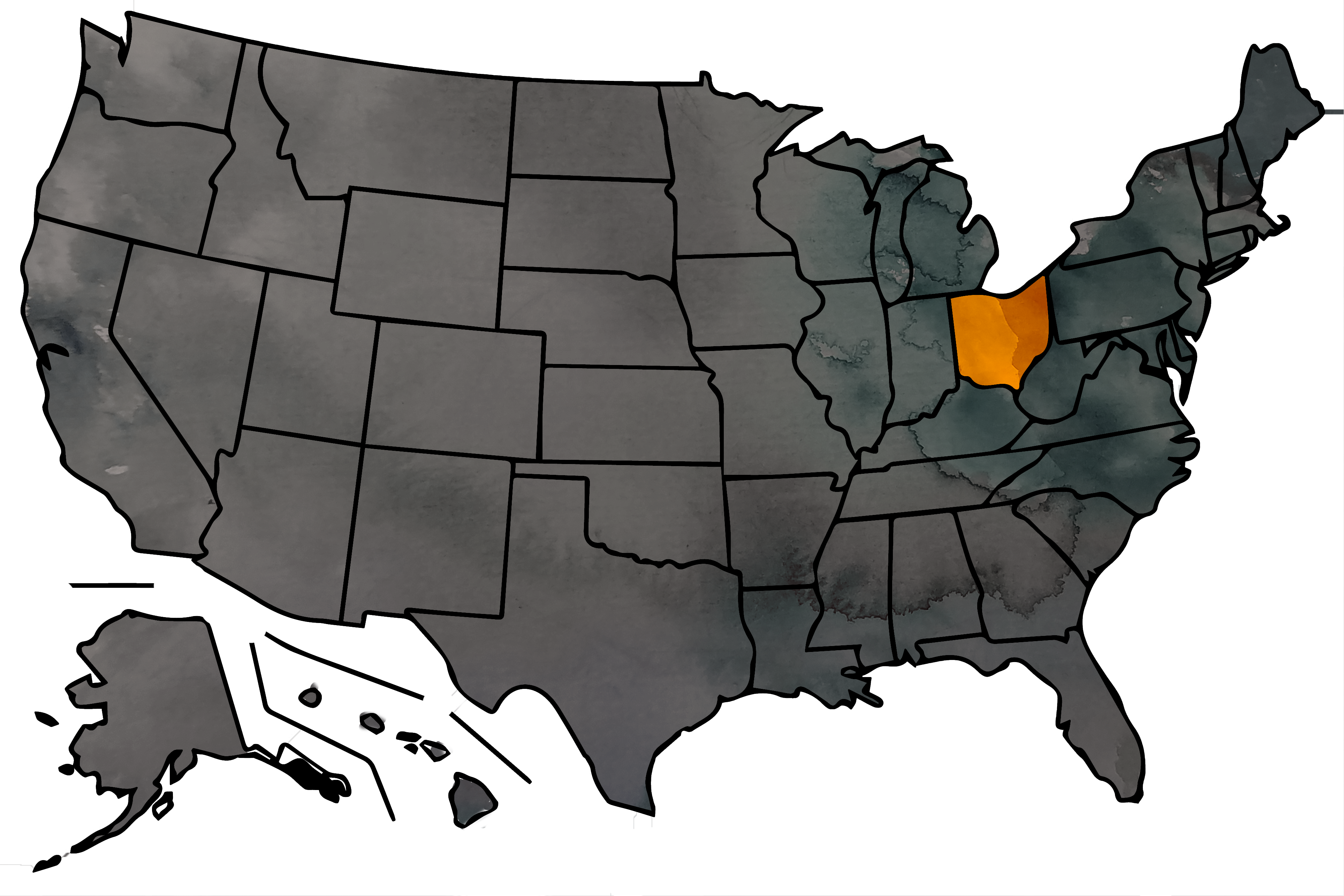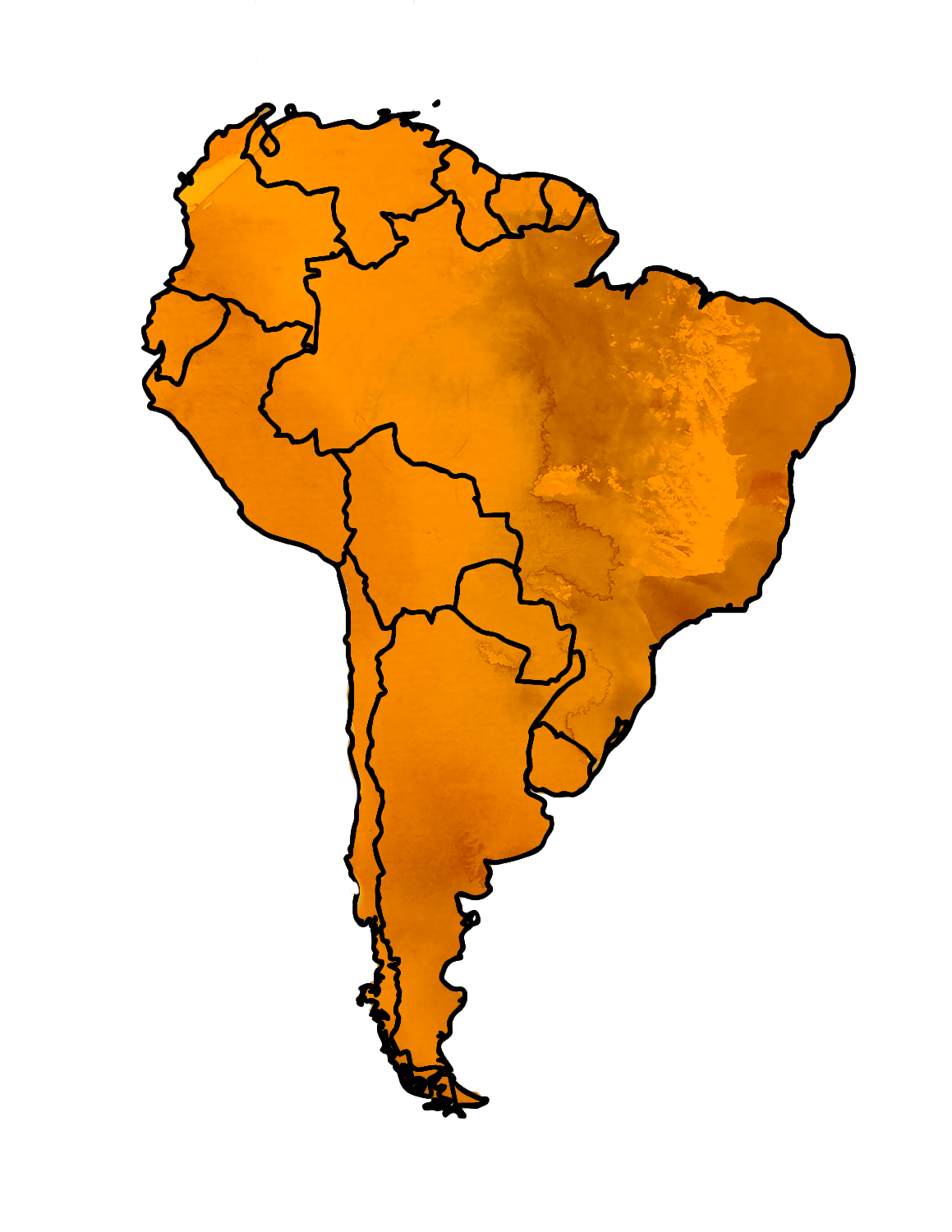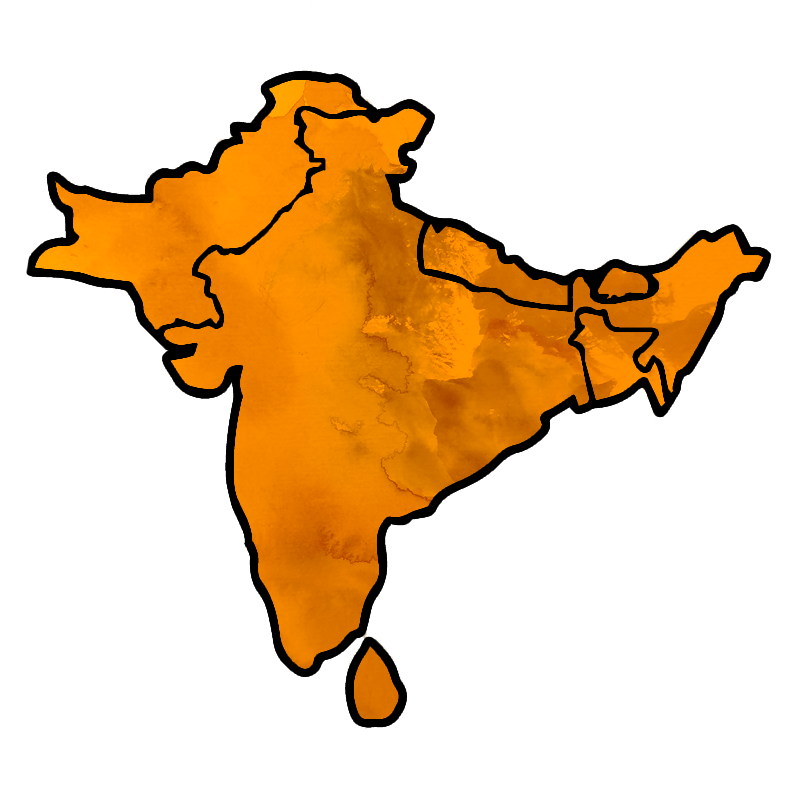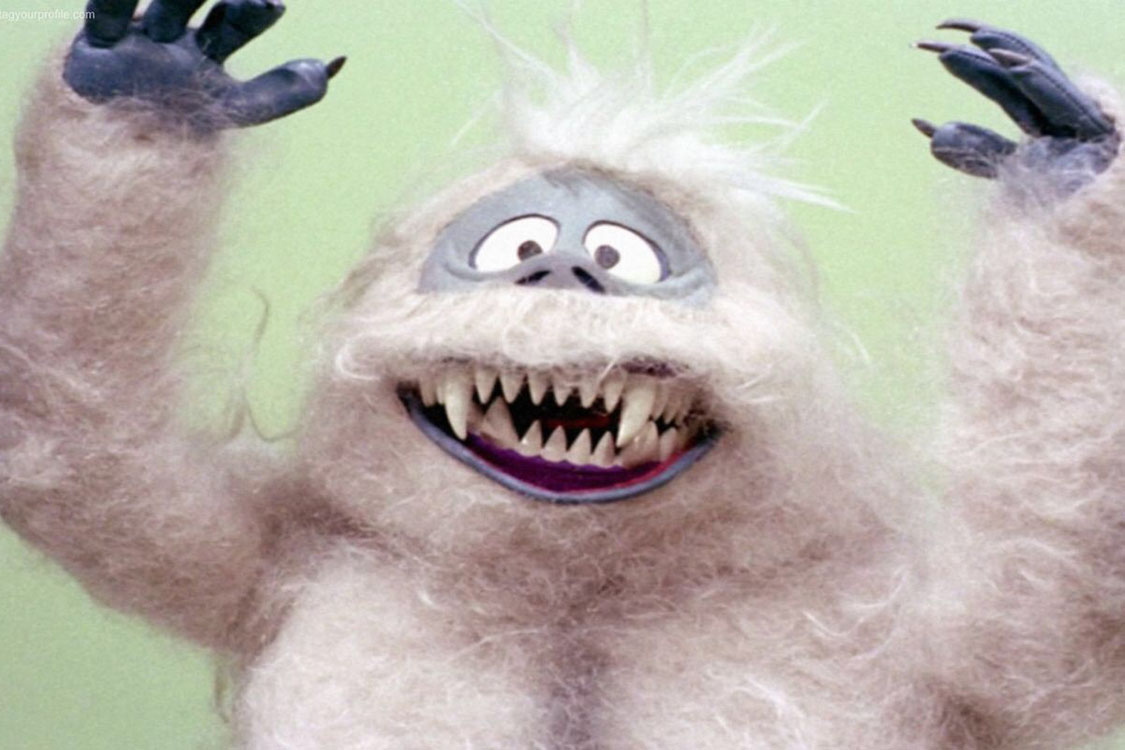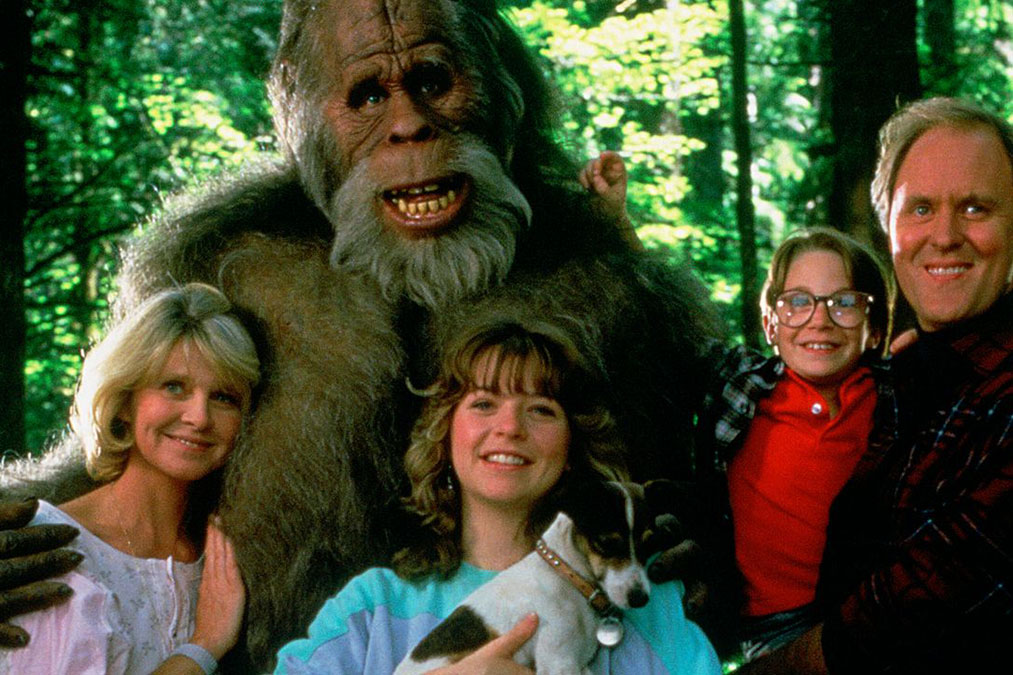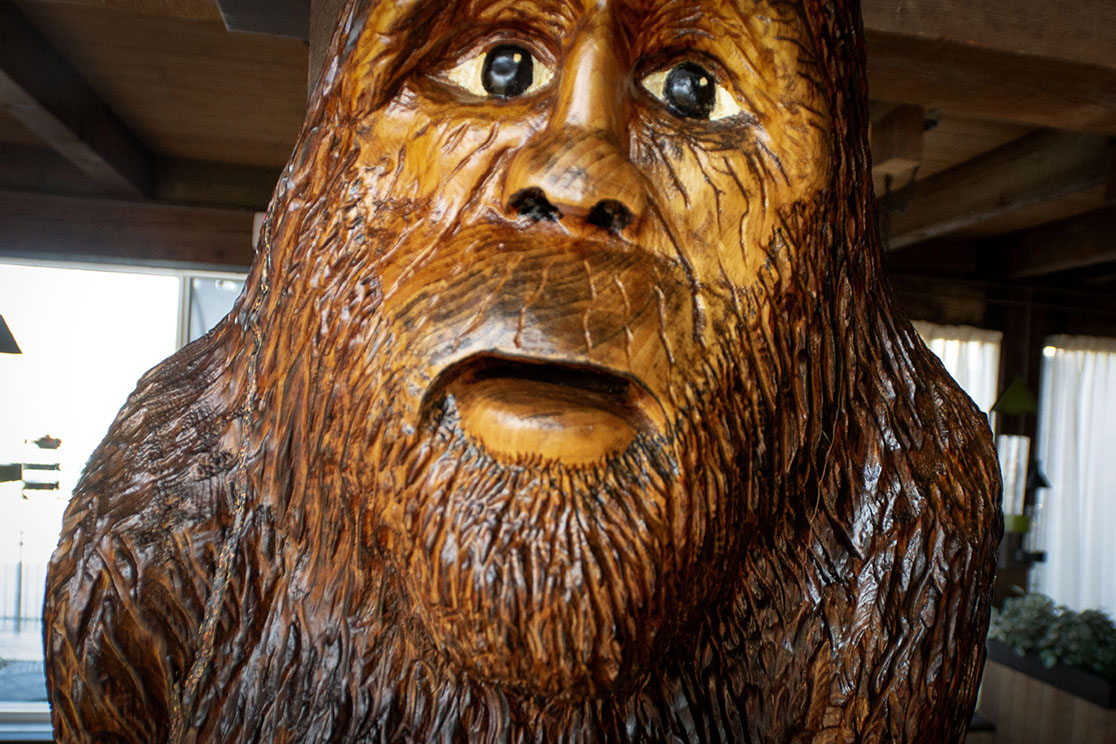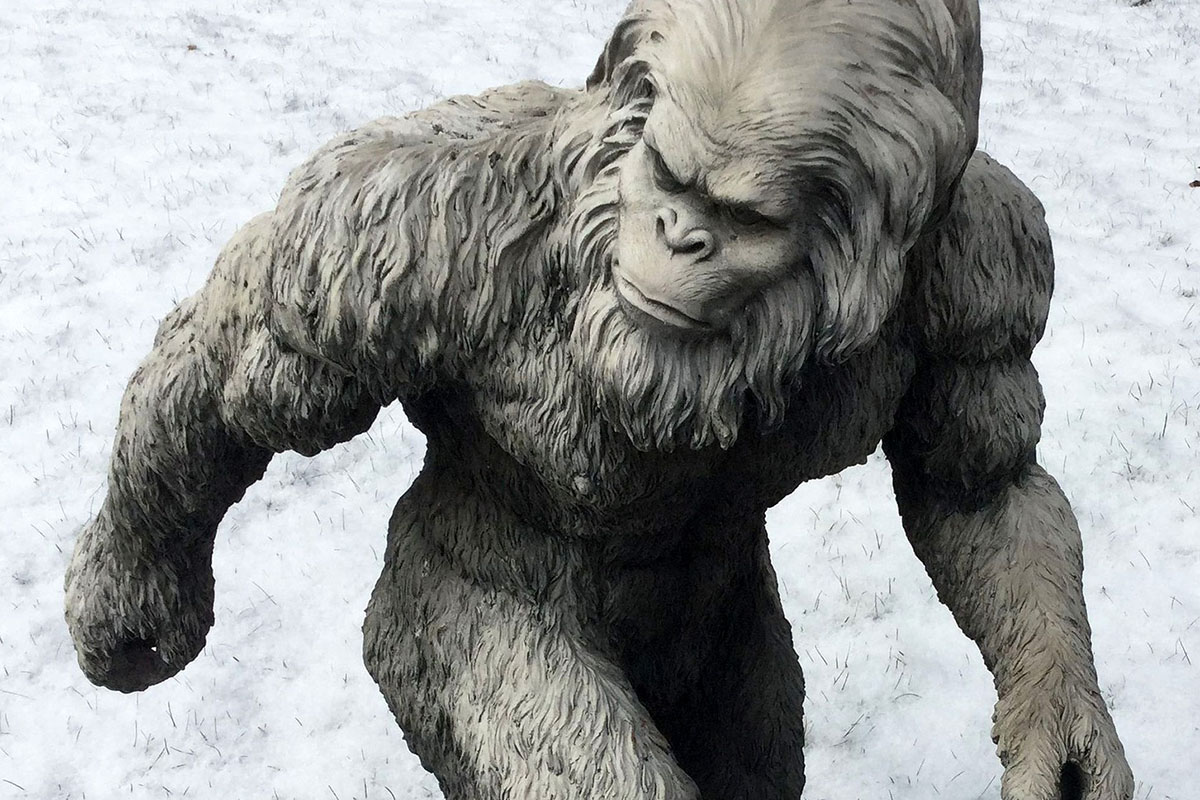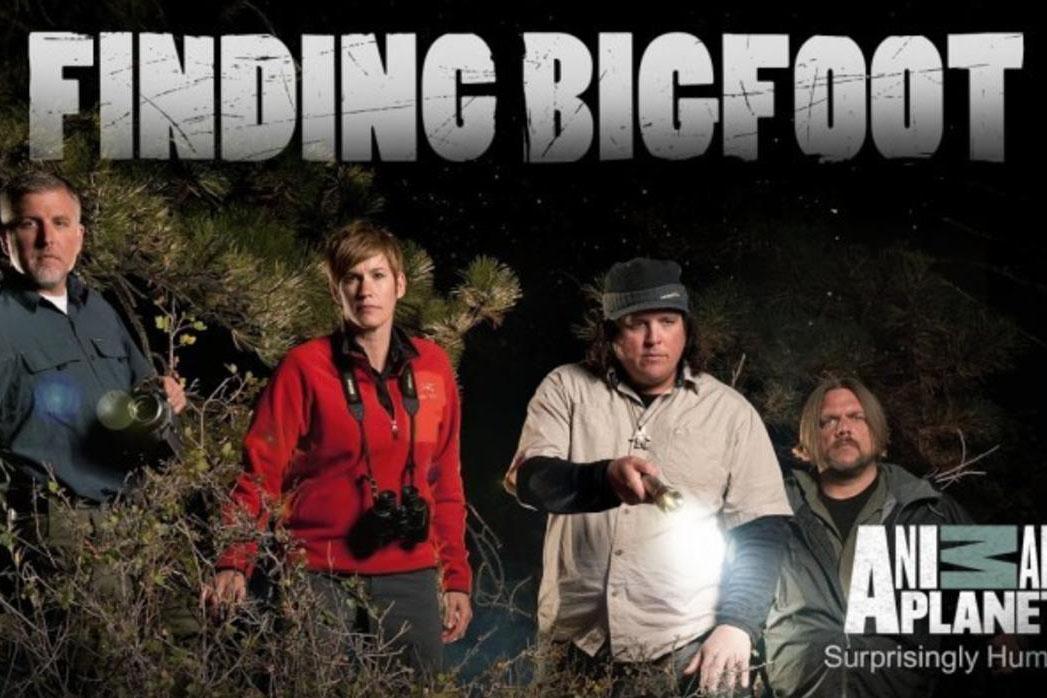As a child, Bea Mills played in the forests of rural Pickaway County south of Columbus, Ohio, where she had been fond of creekin’, as she called playing in the water, and she was afraid
of nothing. As an adult, Mills was still outdoors as much as possible and looking for things to do with other nature lovers. Curious, she went to a Bigfoot Conference as a joke but liked the people there and began to go on searches
with them.
On April 6, 2014, when Mills and others went back to the location where they had seen the mysterious figure through a thermal scope, she was still the skeptic. Mills was having fun, singing out loud as she often did, and wasn’t
taking anything too seriously. Then there was a call on the radio: “You need to get down here.”
Mills kept singing, and her friend waved a glow stick as they hiked down into a valley near a shallow pond. When they met the others, everyone else was quiet.
“He’s here,” one of them whispered.
“Who’s here?” Mills asked.
“Squatch is here.”
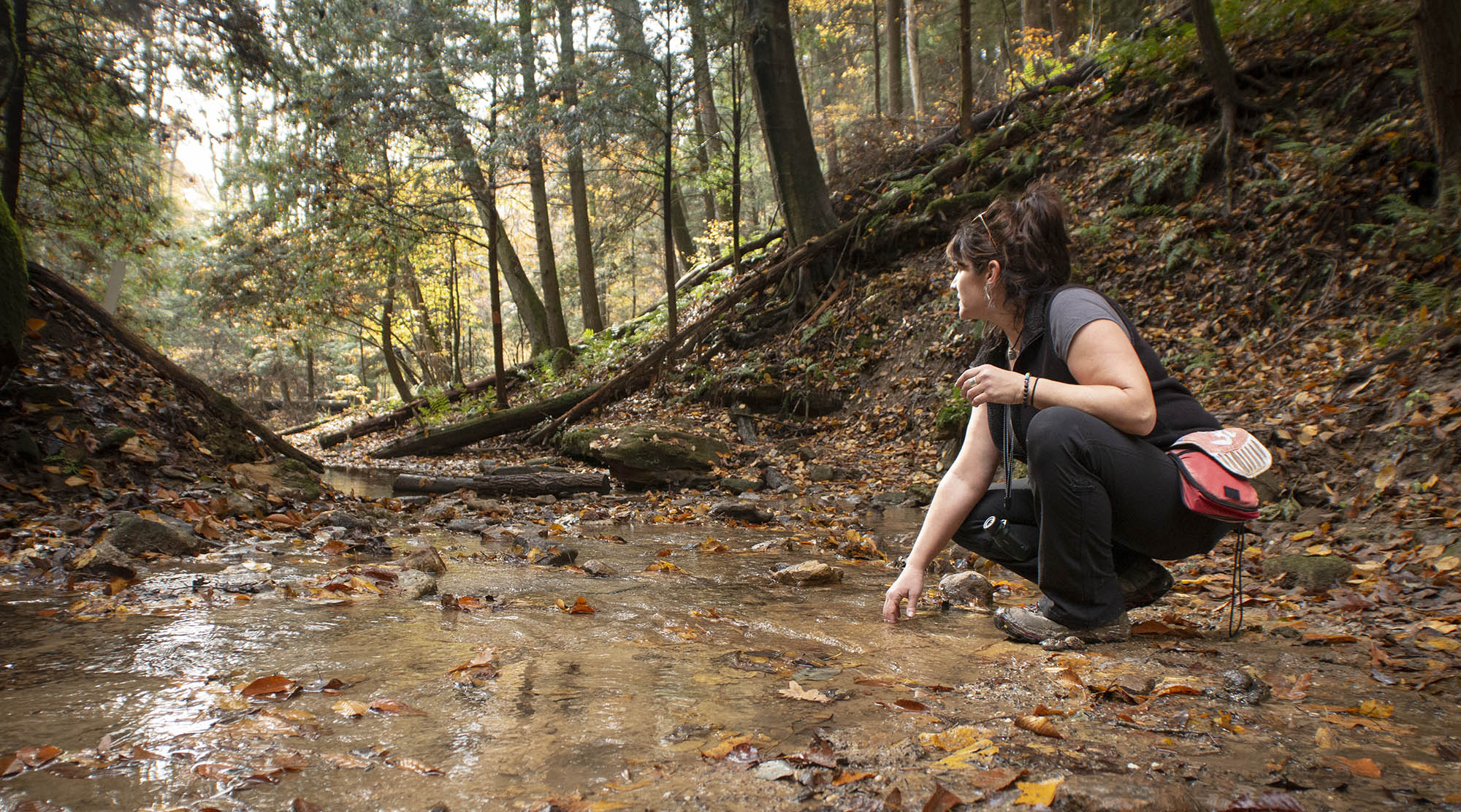
She almost started laughing. But she joined the group and looked into the forest. It was a clear night, with a bright moon. She saw the silhouettes of trees that hadn’t leafed out yet. Then she saw the shape of a creature moving toward her. Since then, Mills has studied biology and nature to learn more about the forest and, like DeWerth, she’d require substantial evidence before considering someone’s description of a Sasquatch encounter. She also knows that her own experience, without evidence, wouldn’t pass her validity test. “I know what I saw was completely surreal and burned into my brain,” Mill says. “But it’s just a story.”
“I am 100 percent certain that there is a species out there for which we do not have proof.”
- Dr. Scott Moody
In October 1967, rodeo cowboy Roger Patterson and his friend Bob Gimlin were amateur filmmakers working in the forest in Northern California. During their trip, Patterson saw something
walking in the distance and captured about a minute of shaky footage from a rented 16mm movie camera. The footage showed a hairy human-like figure that was later estimated to be more than seven feet tall. It was very muscular and
appeared to have human-like breasts.
It has been 50 years since that footage now known as the Patterson-Gimlin film was released. For enthusiasts, it has become a keystone piece of evidence of the existence of Sasquatch. One scientist speculates that the
Patterson-Gimlin film is perhaps the most analyzed piece of footage behind the Zapruder film of President John Kennedy’s assassination.
The film, however, is not the first piece of evidence. In 1889, Col. Garrick Mallery, who studied Native American picture writing, discovered line drawings at Painted Rock in Central California. The red, black, white and yellow
artwork depicts wildlife ranging from centipedes to frogs to coyotes and bears. Aside from these animals, the scene also includes an 8-and-a half-feet high figure known as “Hairy Man.” The Yokuts tribes in the area whose ancestors
created the drawings also have a legend about how each animal taught humans something unique. The Hairy Man taught humans to walk upright. In 1994, an audio recording in Columbiana County, Ohio near the Ohio River, captured a
mournful, repeating, moaning yell that became known as the “Ohio Howl.”
The Bigfoot Field Research Organization (BFRO) is perhaps the most active organized group looking for Sasquatch in North America. They research reported sightings and interview witnesses. The BFRO discounts a vast majority of the
claims, but the ones deemed legitimate are recorded in the BFRO sighting database. In 2013, a researcher at Penn State, compiled a data map from more than 3,000 BFRO reported sightings from 1921 to 2012. The Ohio River Valley is
particularly dense with sightings, as is the Pacific Northwest and Central Florida.
Marc DeWerth, the Ohio curator for BFRO and founder of the Ohio Bigfoot Conference, had heard of Sasquatch since he was a child. His grandfather told him they were real, and he believed. DeWerth began looking for Bigfoot and in 1998,
in the Salt Fork region of Ohio, he saw something.
The Icon of Bigfoot Evidence
—
This still frame from the Patterson-Gimlin film made in 1967 is the most famous image of Sasquatch. The creature, nicknamed Patty, is still the focus of debate on whether the film was a hoax or a real encounter. Believers point to Hollywood film experts who say this level of makeup and special effects wasn’t possible more than 50 years ago. Skeptics ask why there hasn’t been other videos or photo evidence, especially with the increased use of trail cameras and more amatuer photographers than ever before. Neither side has been able to prove their point.
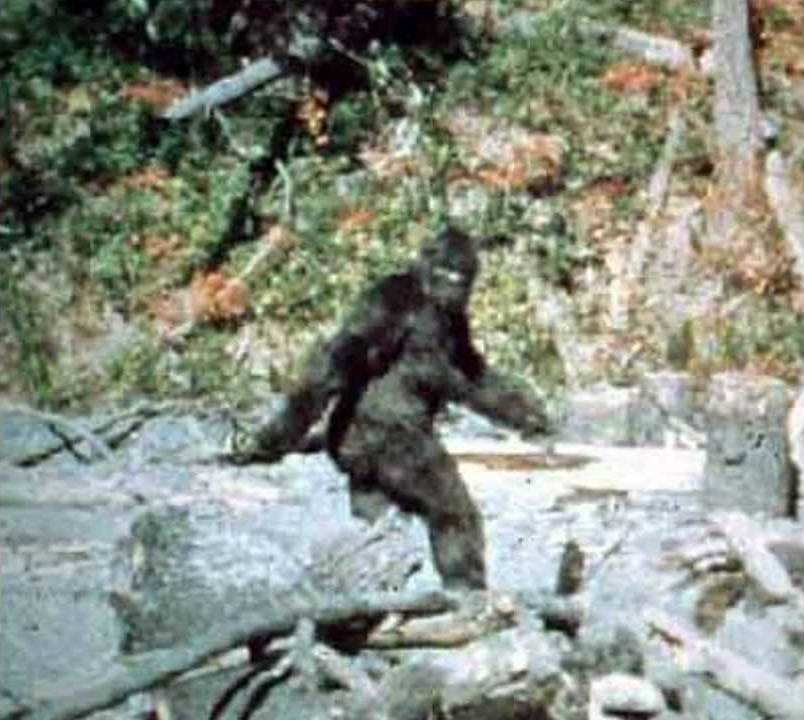
“It sounded like an elephant or someone taking a freezer and dropping it down the hillside.”
– Marc DeWerth
Marc DeWerth was at a deer check station near the Salt Fork State Park in Ohio at the end of hunting season in 1996. He handed out his Bigfoot investigator cards to people who might have
seen something in the forest. A couple of hunters told DeWerth they hadn’t seen a Sasquatch, but if he was interested in other unusual animals, they had seen a badger den. Badgers are not common in Ohio, and DeWerth was curious. The
next year, he followed the hunters’ directions and drove to the end of an isolated dirt road, and walked more than a mile into the forest before he found the den. On the way back, he heard steps crunching in the underbrush behind
him. At first, he thought it was a bobcat or even a cougar.
"I would go, and it would go. I would stop. It would stop,” DeWerth says.
He stopped and crouched to wait and listen. He turned to his left and saw a black object on a ridge and thought it was bear. Then he noticed its ears were on the side of its head, like a human’s. The creature had short black fur that
was so clean and shiny it had blue, iridescent highlights, like the feathers of a grackle. The creature, DeWerth says, was so muscular that a bodybuilder would’ve looked like a hobbit in comparison.
As DeWerth reached down for the brand-new Panasonic video camera he had never used, the creature took off. DeWerth returned later and tagged a tree with brightly-colored blaze tape next to where the creature had been. He would
determine from the marking that he had been 74 feet from the creature. He measured branch on a tree that the animal hit with its head at 8 feet 11 inches off the ground.
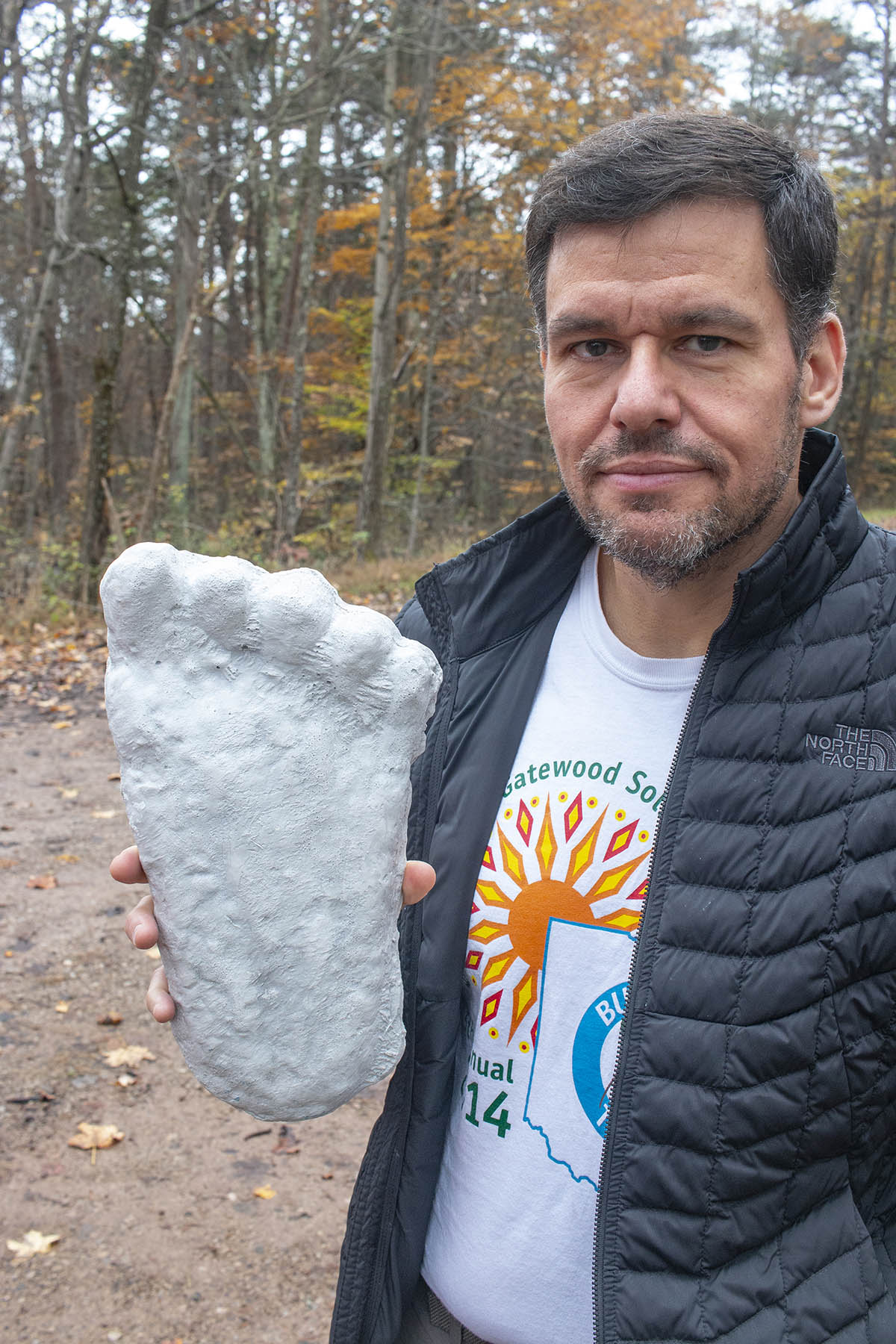
Today, DeWerth is the curator for the Bigfoot Field Research Organization in Ohio. He is also the co-founder of the Ohio Bigfoot Conference held at the Salt Fork State Park in Guernsey County, in Ohio. He is well known among Bigfoot
enthusiasts in the Midwest.
His personal experience convinced DeWerth Sasquatch is real but made him more suspicious of other Sasquatch sightings. A person who is giddy about their encounter probably isn’t legit because Sasquatch is terrifying. DeWerth
questions each detail. “If you don’t keep your ‘skepticals’ on, you’re not looking properly into the evidence presented,” he says.
More than 20 years ago when he first began talking to groups about Sasquatch, DeWerth says his typical audience was about 15 people. When he asked if anyone believed in Sasquatch, maybe one person would reluctantly put up their hand.
It’s different now. On a recent weekend, DeWerth was scheduled to speak at a public library, and the staff there expected at least 100 people. DeWerth founded the Ohio Bigfoot Conference in 2012, and it has drawn overflow crowds at
the Salt Fork Lodge in Ohio. Celebrity speakers have included Cliff Barackman, the host of the Animal Planet reality show “Finding Bigfoot.” He spends his free time speaking about Sasquatch and setting up audio recorders that sit for
weeks in the Ohio forests to capture the creature’s screams. He also leads several hikes a year for groups wanting to search for Sasquatch. Based on his recent experiences, the majority of people interested in Sasquatch today are
absolute believers, even if they have never gone into the woods.
This is an interactive 360-degree video. On desktop, click-and-drag on the screen to explore the scene. On mobile, move your phone to change the view.
